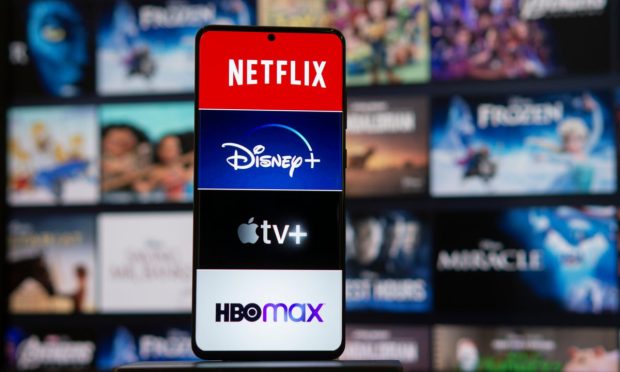The Decline of Traditional TV: Streaming Takes Over

The days of sitting down to enjoy your favorite television show on traditional broadcast or cable are rapidly declining. For the first time, the total share watched among American viewers was below 50% in July, according to Nielsen’s The Gauge report Tuesday (Aug. 15).
Streaming services such as YouTube, Netflix and Hulu have seen record highs in viewership, making up 38.7% of total U.S. TV usage. According to the report, three services hit record shares: YouTube (9.2%), Netflix (8.5%) and Amazon Prime Video (3.4%). Netflix alone saw a 4.2% increase from the prior month, and Amazon Prime Video had a 5% jump.
Online streaming has been on the upswing due to the sheer number of options available. Consumers can now access content from different providers and tailor their entertainment to their preferences. It’s seen a further boost due to the pandemic. With theaters closed and people in quarantine, streaming services have provided a consolation.
Additionally, acquired series from streaming services are having a big impact on usage. “Suits,” a legal drama starring Meghan Markle, and “Bluey” on Disney+ combined for 23 billion viewing minutes in July, according to the Nielsen report.
However, as streaming viewership soars, companies are making an effort to increase profits. Disney, Hulu, Max, Paramount+ and Peacock have all announced price hikes. Disney+ is now double its price when it debuted in 2017.
Raising prices is a double-edged sword. PYMNTS data shows that price hikes are cited as the most common reason consumers give for canceling subscriptions. According to the April 2023 “Subscription Commerce Readiness Report,” a PYMNTS and sticky.io collaboration, “Cost was the most common driver for cancellations, with 56% of consumers canceling a subscription in the previous 12 months for this reason.”
Subscriptions are also one of the first things to be dropped in a household that is cutting spending, data shows. In fact, streaming services are the subscriptions that are ended first.
It’s an interesting turning of the tide. As traditional viewing falls even further, streaming providers are trying to make the most of their newfound success. The question remains how high will streaming viewership go and how will companies adapt their business models to make the most of it in the long run.

